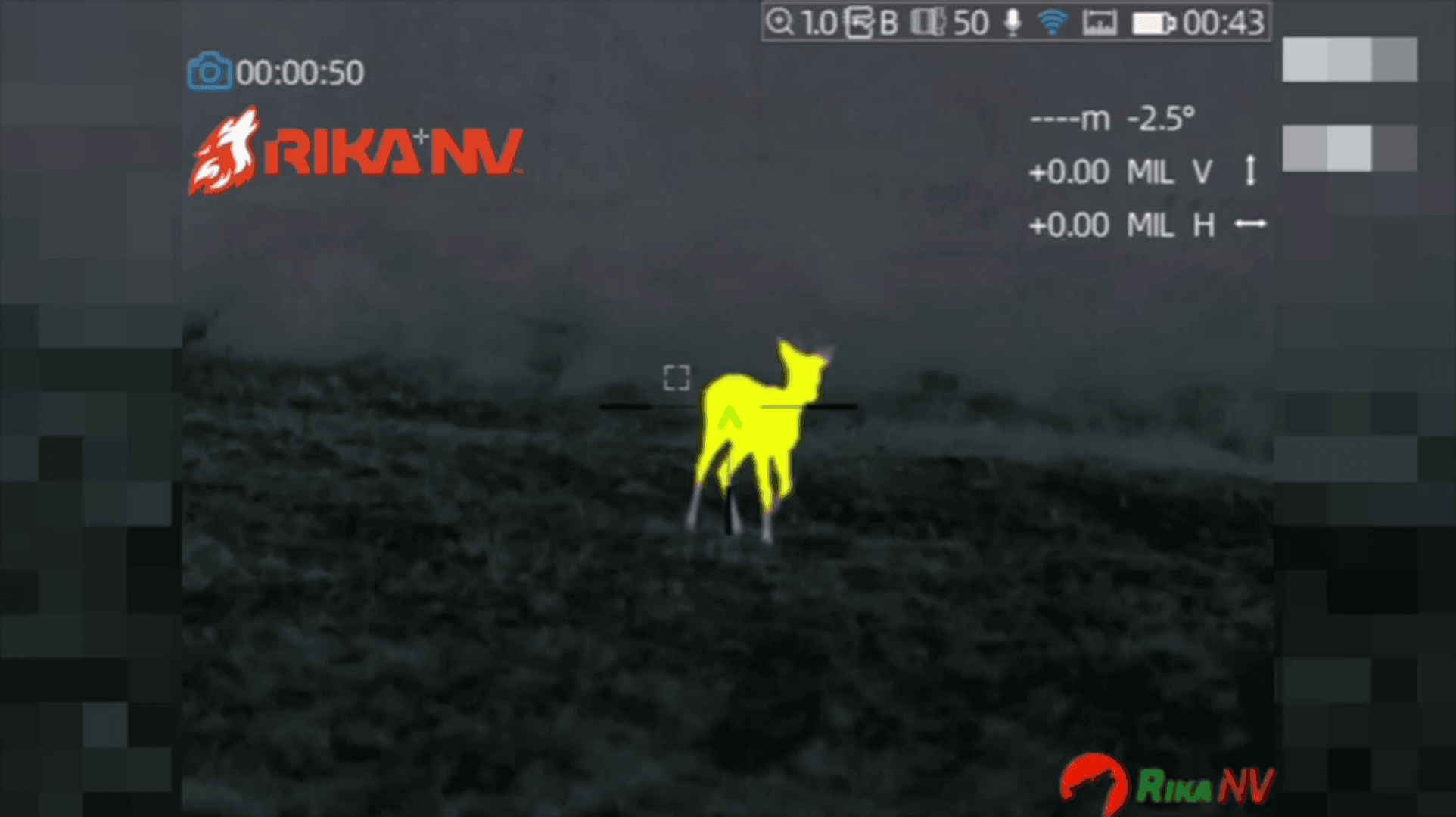
Trophy hunting: why a UK import ban threatens wildlife conservation Trophy hunting, where animals with characteristics such as large antlers are legally hunted, and their meat usually eaten - is highly contested. While some argue it is unethical and delivers few benefits, others say it provides an important incentive for conserving threatened species and habitats by helping generate revenue for governments and local communities. Restrictions on trophy hunting imports have been imposed in the US, Europe and Australia, while the UK recently announced that it would “ban imports from thousands of species … as part of a wider UK drive on international conservation”. As a professor of wildlife conservation with over 25 years’ field experience, I strongly believe that trophy hunting import bans are driven more by misinformation than the weight of scientific evidence, and risk increasing threats to wildlife and undermining local rights and livelihoods. My colleague Hans Bauer recently argue
Post: 11 August 10:38













































